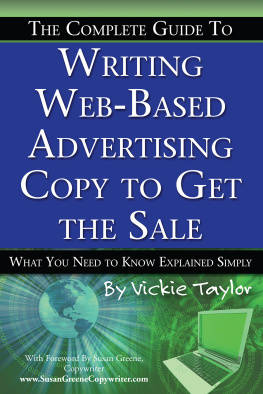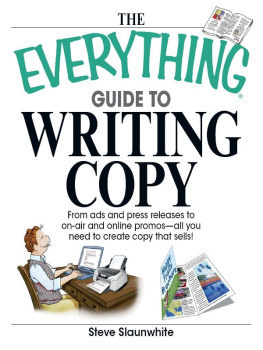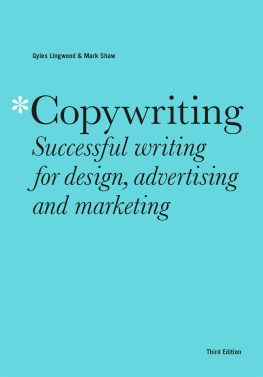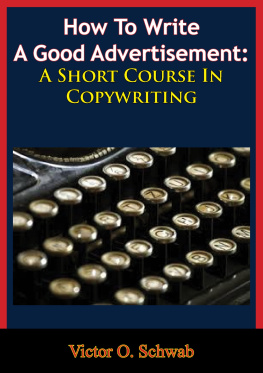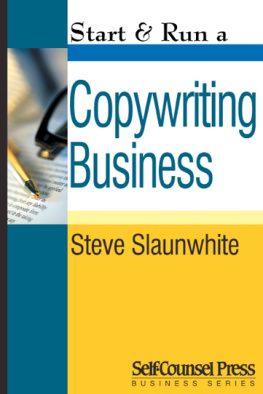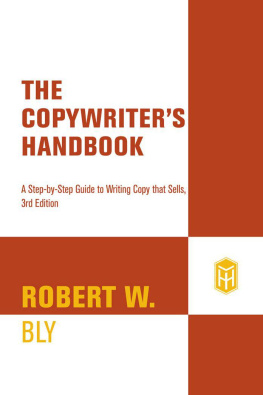This edition first published 2012
2012 Margo Berman
Blackwell Publishing was acquired by John Wiley & Sons in February 2007. Blackwell's publishing program has been merged with Wiley's global Scientific, Technical, and Medical business to form Wiley-Blackwell.
Registered Office
John Wiley & Sons Ltd, The Atrium, Southern Gate, Chichester, West Sussex, PO19 8SQ, UK
Editorial Offices
350 Main Street, Malden, MA 02148-5020, USA
9600 Garsington Road, Oxford, OX4 2DQ, UK
The Atrium, Southern Gate, Chichester, West Sussex, PO19 8SQ, UK
For details of our global editorial offices, for customer services, and for information about how to apply for permission to reuse the copyright material in this book please see our website at www.wiley.com/wiley-blackwell .
The right of Margo Berman to be identified as the author of this work has been asserted in accordance with the UK Copyright, Designs and Patents Act 1988.
All rights reserved. No part of this publication may be reproduced, stored in a retrieval system, or transmitted, in any form or by any means, electronic, mechanical, photocopying, recording or otherwise, except as permitted by the UK Copyright, Designs and Patents Act 1988, without the prior permission of the publisher.
Wiley also publishes its books in a variety of electronic formats. Some content that appears in print may not be available in electronic books.
Designations used by companies to distinguish their products are often claimed as trademarks. All brand names and product names used in this book are trade names, service marks, trademarks or registered trademarks of their respective owners. The publisher is not associated with any product or vendor mentioned in this book. This publication is designed to provide accurate and authoritative information in regard to the subject matter covered. It is sold on the understanding that the publisher is not engaged in rendering professional services. If professional advice or other expert assistance is required, the services of a competent professional should be sought.
Library of Congress Cataloging-in-Publication Data
Berman, Margo, 1947
The copywriter's toolkit : the complete guide to strategic advertising copy / Margo Berman.
p. cm.
Includes bibliographical references and index.
ISBN 978-1-4051-9952-0 ISBN 978-1-4051-9953-7 (pbk.)
1. Advertising copyHandbooks, manuals, etc. I. Title.
HF5825.B47 2012
659.13'2dc23
2011042973
A catalogue record for this book is available from the British Library.
I would like to dedicate this book to my parents who gave me the discipline and creative freedom to solve complex problems.
Preface
It doesn't matter whether you're a student, novice, or seasoned professional, this book will hone your copywriting skills. Beginning with strategy and technique, each following chapter focuses on writing for a specific medium: from print, broadcast, and out-of-home through social, interactive, and digital media. Writing examples are shown using a gamut of industry standard formats, which are useful reference points when writing. You'll quickly see how radio scripts differ from TV scripts, how television storyboards are presented, and how print copy is typed up to facilitate typesetting.
You'll discover why thinking from the production end first helps writers create better broadcast copy. Starting with the end result in mind helps you consider which talent to cast and what sound effects or music cuts to include. These conscious choices force you to write for a specific voice and with a completely produced spot in mind.
Other writing areas of discussion will help you avoid other production errors like inaccurate script length, legal issues created by the absence of talent releases, and screen safety problems in television post production. Special callout boxes will make major principles easy to remember and simple to apply.
You may already realize that it's not enough for you to know how to create headlines and slogans or to write strong copy. You must also know how to create gripping messages in every medium, from traditional to emerging. Besides having an understanding of current trends, you should also be creative enough to bend or invent new media vehicles. You should avoid creative stagnation and innovative inertia. With all your mental muscle, you should push your imagination past the status quo. And create new avenues of expression.
In order to this, you must have a solid writing foundation. You need to understand various script formats, creative brief templates, media restrictions, and compositional structures. Then, you need to build on that knowledge and cement it with strategic thinking, analytical insights, audience-relevant messages, and sound writing techniques.
This book will give you an entire toolkit of tips to write in all size spaces, all venues, and all touchpoints. Whether you're creating messages for small print or mobile coupons, packaging, or gianormous billboards, interactive or any other media, you'll be able to apply the principles set forth in this volume and succeed in writing compelling copy.
Great advertising writing isn't just clever; it's convincing. It's persuasive. It's interruptive. It's intrusive. Most of all, it's unforgettable. The ad campaigns that create talk value (are talked about over office water coolers) also generate free press and propel the campaign into everyday events and mainstream consciousness.
How do you begin to create these kinds of messages? You start by understanding that every assignment has an objective. An audience it's targeting. An array of media where it encounters that consumer. And a specific strategy to deliver that message.
To help you get started, each chapter is devoted to one aspect of writing. I would recommend you read the first four chapters first, so you have a solid foundation of the basics: targeting your audience, presenting key benefits, creating a brief (chapter 1), selecting a strategy (chapter 2), applying writing techniques (chapter 3), and developing a main message (chapter 4). After that, you can read any chapter in any order (from chapters 5 through 14). That's because the book is modular.
Therefore, each chapter stands on its own. So, if you'd like to read about writing for television, you could read that chapter. Or if you're interested in blogging, you could go to that chapter. Or if you're curious about multilingual or international campaigns, you start with the last chapter. People learn best when they satisfy their curiosity. With that said, you can begin wherever you want. Then, go to whatever interests you most. Here's the order of each medium that's explored.
- Chapter 5: Print (ads, brochures, catalogues)
- Chapter 6: Radio
- Chapter 7: TV
- Chapter 8: Direct mail, mobile and small-space writing
- Chapter 9: Out-of-home and transit
- Chapter 10: Digital dialogue, virtual community, blogging
- Chapter 11: Websites
- Chapter 12: Interactive engagement, social media and viral marketing
- Chapter 13: Integrated campaigns
- Chapter 14: International campaigns
I also recommend familiarizing yourself with the content set in callout boxes. They're designed so you can find what you're looking for. If you want to review the checklists, you can find them listed in the table of contents or the index. If you want to read tips for writing, simply look those up. Or, if you want to check out the info boxes, rules, and so on, go right ahead. You can also scan the book and read the callout quotes. They're little bites of wisdom that are easily digestible.


